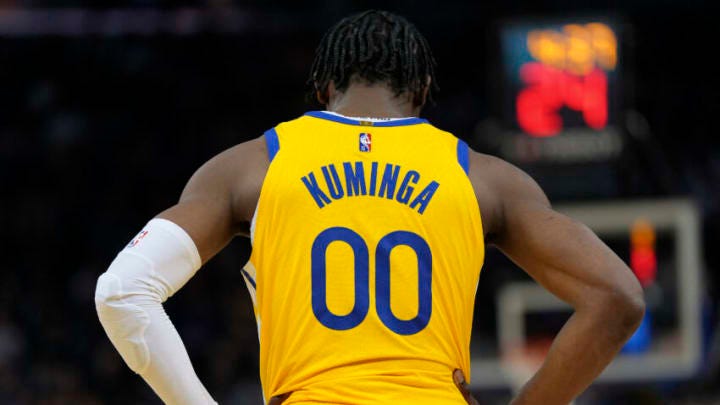The Kuminga Konclusion: understanding the aftermath of a prolonged saga
Months of inaction followed by flurries of transactions
A painstakingly monotonous and cumbersome off-season reached a cathartic climax this week for Warriors fans as the Kuminga contract saga finally came to a close. After months of negotiations, both sides reached an agreement on a deal that was essentially what the Warriors had been offering since the beginning of the summer (albeit with some minor adjust…
Keep reading with a 7-day free trial
Subscribe to Dub Nation HQ to keep reading this post and get 7 days of free access to the full post archives.



